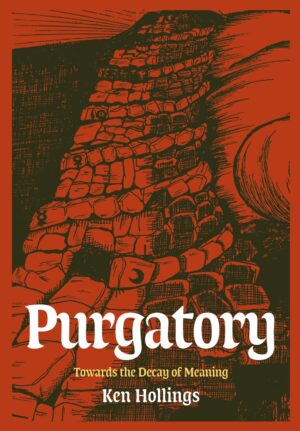I know what’s good for me
Sick chimps will gnaw on just the right plants to make themselves feel better. And, says Laura Spinney, their self-medication could teach us a thing or two
Published: 03 August 2005
Chausiku, an adult female chimpanzee, wasn’t well. She moved painfully slowly, lagging behind the rest of her group, and later lay listlessly on her bed of branches. Her appetite seemed to have vanished, except when it came to one particular plant: Vernonia amygdalina, or bitter leaf. Plucking the youngest stems, she removed the leaves and bark before chewing on bite-size portions of the inner pith. By the next afternoon she was up and running, apparently having made a complete recovery.
The primatologist on Chausiku’s tail, Mike Huffman, was puzzled by her behaviour – which he subsequently saw repeated by other ailing chimps in the Mahale Mountains National Park, Tanzania. When his research assistant, Mohemadi Seifu Kalunde, mentioned that bitter leaf was used by local Tongwe people to treat malarial fever, stomach cramps and intestinal parasites, his puzzlement turned to excitement. Was Chausiku dosing herself for some intestinal malaise? The local people, he discovered, used the leaves, bark and roots of the plant, whereas Chausiku used the pith. Did she know something the Tongwe didn’t?
Huffman made his observations of the sick Chausiku in 1987, triggering a new wave of research into the medicinal properties of bitter leaf – a plant that was already well-known to chemists. “This plant has been intensively studied for more than half a century,” says Huffman, who is based at the Primate Research Institute of Kyoto University, Japan. “But when we looked at the plant part that the chimps were using we discovered 13 new chemical compounds.” Many of those new compounds turned out to have therapeutic effects, and that work created a flurry of excitement and helped to establish the new field of animal self-medication.
More at The Independent



